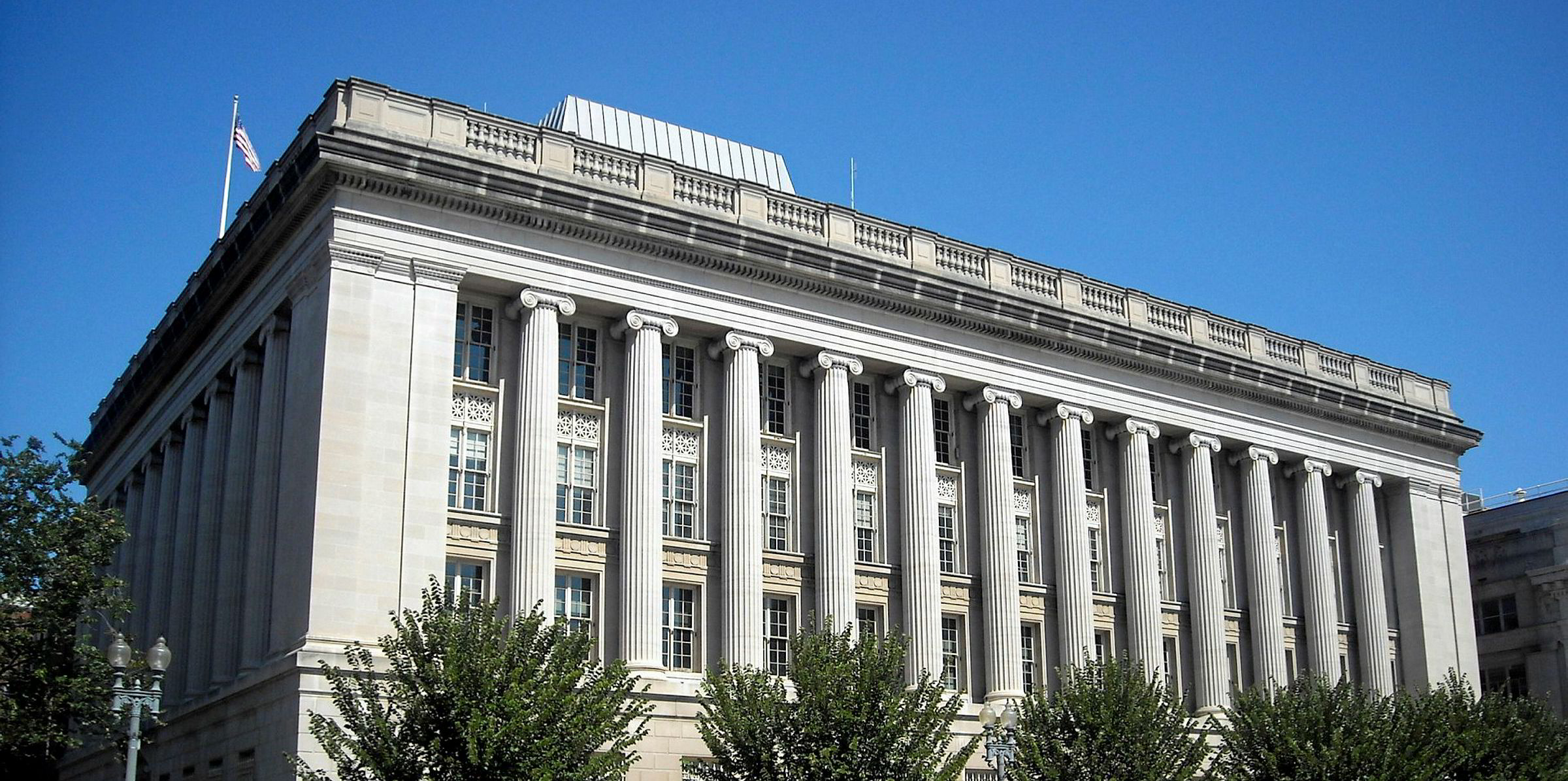Fresh evidence emerged this week of the shipping industry’s increasing exposure to the public eye. New, easily shared digital data sources provide increasing knowledge of the detail of businesses' activities that were once unseen.
High-profile green campaigner Greta Thunberg questioned shipping’s exclusion from the Paris accord as she addressed the United Nation’s Madrid climate change summit.
Meanwhile, at virtually the same moment, new European Commission president Ursula von der Leyen unveiled her Green Deal that proposes to bring shipping into Europe’s emissions trading system.
Leyen’s proposals — which she dubs the European Union’s "man on the moon moment" in a step change to its approach to halting climate change — shows that influential politicians now see it as vital not to overlook shipping, as has often been the case in the past.
Elsewhere, specific shipping companies have been exposed to heightened public scrutiny that should give all those in business reason to pause.
US targets shipping
First, as we report this week shipowners and operators are the target of what appears to be a significant shift in US sanctions against regimes it opposes.
Up until the beginning of this week, the US Office of Foreign Assets Control (Ofac) has sanctioned 124 commercial shipping entities in 2019, one more than last year, but way above the 33 in 2015 and 28 in 2016.
Then this week, the US doubled down on its sanctions against Iran with fresh measures against the Islamic Republic of Iran Shipping Lines and its Chinese subsidiary, E-Sail Shipping.
Analysts believe Ofac’s actions are driven by lessons it has learned applying sanctions in other industrial sectors. It now has confidence in its data to identify and target companies in the “outer circles” of sanctionable activity, particularly at sea.
Secondly, in an entirely unrelated issue, Mediterranean Shipping Company (MSC) was named and shamed by green lobby group Transport & Environment (T&E) as one of Europe’s top 10 carbon emitters.
In a list dominated by coal-fuelled power plants, MSC was eighth, emitting 11m tonnes of CO2, according to T&E, with budget airline Ryanair in 10th place with emissions of 9.9m tonnes.
MSC has about 362 vessels serving Europe that account for about 25% of the continent’s container shipping-linked carbon emissions, T&E said.

While those two subjects are very different, there is one issue which unites them: new and accurate data sources and the insight they provide.
Sanctions-busting
Detailed data is now widely available on ships’ positions, trading patterns and even likely future voyages. The opportunity to hide sanctions-busting vessels is rapidly diminishing.
The combination of AIS data and satellite imagery means that today it is virtually impossible to move a ship or meet another at sea for a clandestine cargo transfer without someone, somewhere seeing.
And in this digital age, once information is known it is likely to be shared.
Likewise, with carbon emissions.
It is a simple step to take ship movement data and add average fuel consumption from industry databases to calculate a credible estimate of the pollution being generated by a company, or even an industry.
Further, data leaks have exposed financial transactions to greater scrutiny.
A corporate veil
The Panama Papers leak of more than 11m pages of documents from law firm Mossack Fonseca in 2016 exposed and embarrassed companies and politicians worldwide.
Shipping has long used the corporate veil to evade scrutiny of sensitive issues. The veil used to be a heavy drape, a thick cloak that prevented society seeing exactly who was doing what, when and where.
The mantra was for a long time: what the eye doesn’t see, the heart can’t grieve over.
But the digital era, and the transparency it is bringing, has reduced that cloth to a thin gauze. Names of vessels can be seen from space, their movements recorded and the companies which own and operate them held to account.
In this digital age, shipping needs to accept this unstoppable shift to transparency and embrace it as a force for higher standards, better regulation and added credibility.






